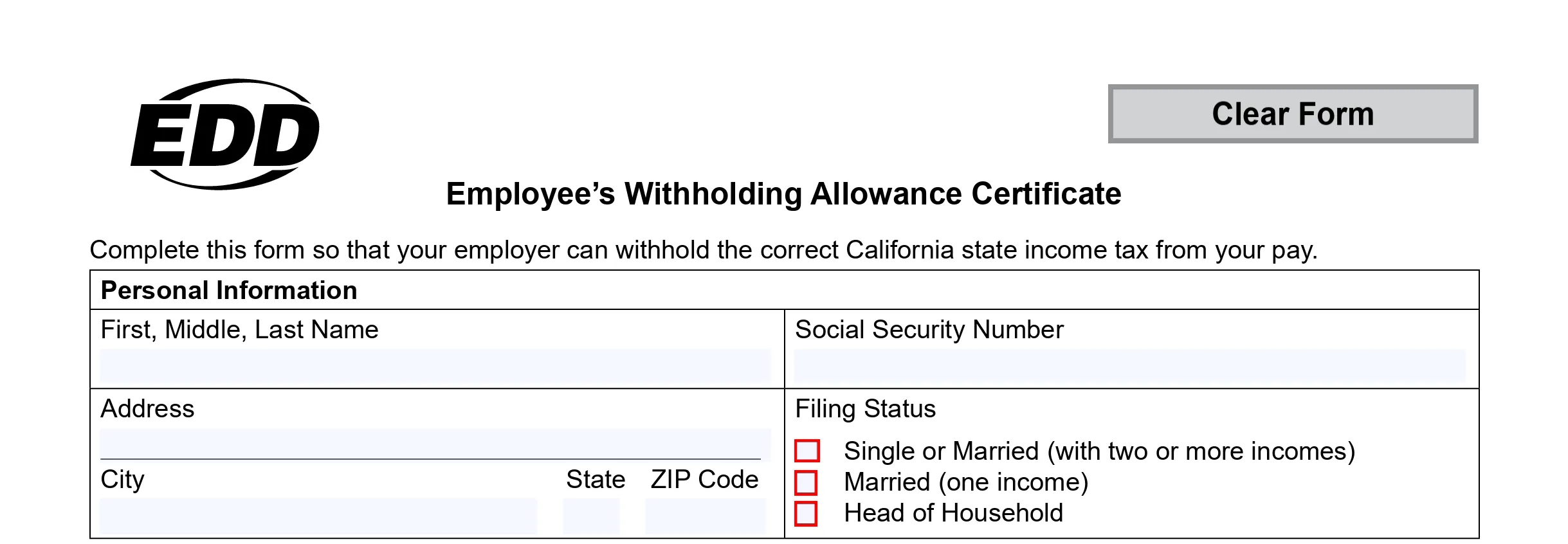How to Set Up a PTO Policy
As a business owner, do you know the advantages of offering your employees Paid Time Off (PTO)? The benefits of PTO are many and today we would like to share the main ones with you.
- Increased employee retention and engagement, thanks to the extra benefit.
- Boosted productivity, because they are economically motivated.
- Decreased absenteeism
- Increased recruitment opportunities, because you offer better benefits.

What do you need to know about PTO?
There are no federal laws requiring employers to offer any type of PTO but they can help attract employees.
If you are in one of the following states, you must comply at least with paid sick leave laws:
- Arizona
- California
- Colorado
- Connecticut
- Maine
- Maryland
- Massachusetts
- Michigan
- Nevada
- New Jersey
- New York
- Oregon
- Rhode Island
- Vermont
- Washington
- Washington D.C.
Some states (e.g., California) allow employers to have a PTO policy in place of a paid sick leave policy as long as the PTO policy follows the sick leave law guidelines.
Also, Maine and Nevada let employees take paid time off for any reason, not just sick leave.
How to set up a PTO policy?
Once you know the legal requirements, it’s time to set up your PTO policy. The policy is crucial because it explains the rules for employees and your company’s guidelines. You may consider adding the PTO policy to your employee handbook if you have one.
You can include the following rules for the use of the PTOs:
- Consecutive use limits (e.g., no more than 10 days at a time)
- Blackout times in which employees may not take PTO (e.g., the company’s busy season)
- Eligibility requirements
And keep in mind these other things to know how to handle it:
- How far in advance must employees request PTO?
- Does the length of PTO time determine the amount of advance notice?
- Should employees give verbal or written requests?
- Is the policy first come, first serve?
- What happens if too many employees request the same time off?
What should you consider when following up to keep the PTO policy under control?
- Number of PTO days
- Eligibility requirements
- Time-off request process
- Leftover PTO
How many PTO days do you want to provide to your employees?
For this question, we have two answers that might help you decide how to handle this.
- You may want to reward years of service from employees with increasing PTO days at set intervals.
- Or, you may choose to offer the same amount of PTO for all employees, regardless of longevity.
If you want to reward employees who stay with the company, you can increase PTO time based on the length of service. For example, a potential PTO policy could look like:
1 - 3 years: 12 days
4 - 6 years: 14 days
6 - 10 years: 16 days
10+ years: 20 days
What happens to the PTO left over at the end of the year?
The policy should answer if the employee can:
- Rollover unused PTO
- Cash-out leftover PTO
- In addition, the policy should list any restrictions or limitations. For example, a client can limit rolling over PTO time to 5 days (or 40 hours) with a maximum cash out of 5 days (or 40 hours).
If you have any questions about how to set up your PTO policy, you can contact the state for more information, or check the state’s website and note that every state may have laws that include how much time employees can roll over and use-it-or-lose-it policy restrictions.
If you need assistance with PTO policies and advisory services, don’t hesitate to set up an introductory meeting with our experts to discuss how My Books and Taxes can help you and your business.



